For
- Great 4K IPS panel
- Smooth 144Hz responses
- Thin bezel
- HDMI 2.1
Against
- Barely HDR
- Unnecessary RGBs
PC Gamer's got your back
It's extremely hard to narrow the list of gaming monitors out there down to something that's right for you. They're a big deal. The kind of thing you drop money on and then don't replace for years. I've gone through a few graphics cards in my gaming PC in the same time I've owned my monitor. It's hard to pry me away from what's worked for years.
The Omen 27u gaming monitor is the first time I've been convinced that gaming in 4K is kind of rad, actually. I've spent a lot of time shrugging 4K off as an option because 1440p, for me, was a nice sweet spot that fit with the types of games I play. I'm not an esports player; I play Overwatch casually with my friends. But that doesn't mean I don't like having the game run at a smooth 144fps with good enough graphics settings to make all the magical abilities and characters look pretty. I've tried to play the game on an old 1080p monitor since and it looks disgusting.
The Omen 27u makes that problem worse: I've now seen what Overwatch, and several other games, look like at 4K, and now 1440p looks sort of ugly. This isn't groundbreaking news for anyone who understands that more pixels equals a sharper picture, but it's the kind of upgrade that I didn't think would matter that much when I'm not trying to immerse myself in ultra-cinematic games like the latest Battlefield or something like Horizon: Forbidden West.
Now, I'm the person that could make the argument that 4K is pretty sick, especially for games like Elden Ring that frankly deserve the increased fidelity. The Omen 27u's 4K IPS screen gives games the equivalent of the charred, 'leopard' crust of a real pizza for picture quality. It's pizza without it, sure, but the added texture enhances what it's already going for and can be the differentiator compared to what's sitting in your freezer.
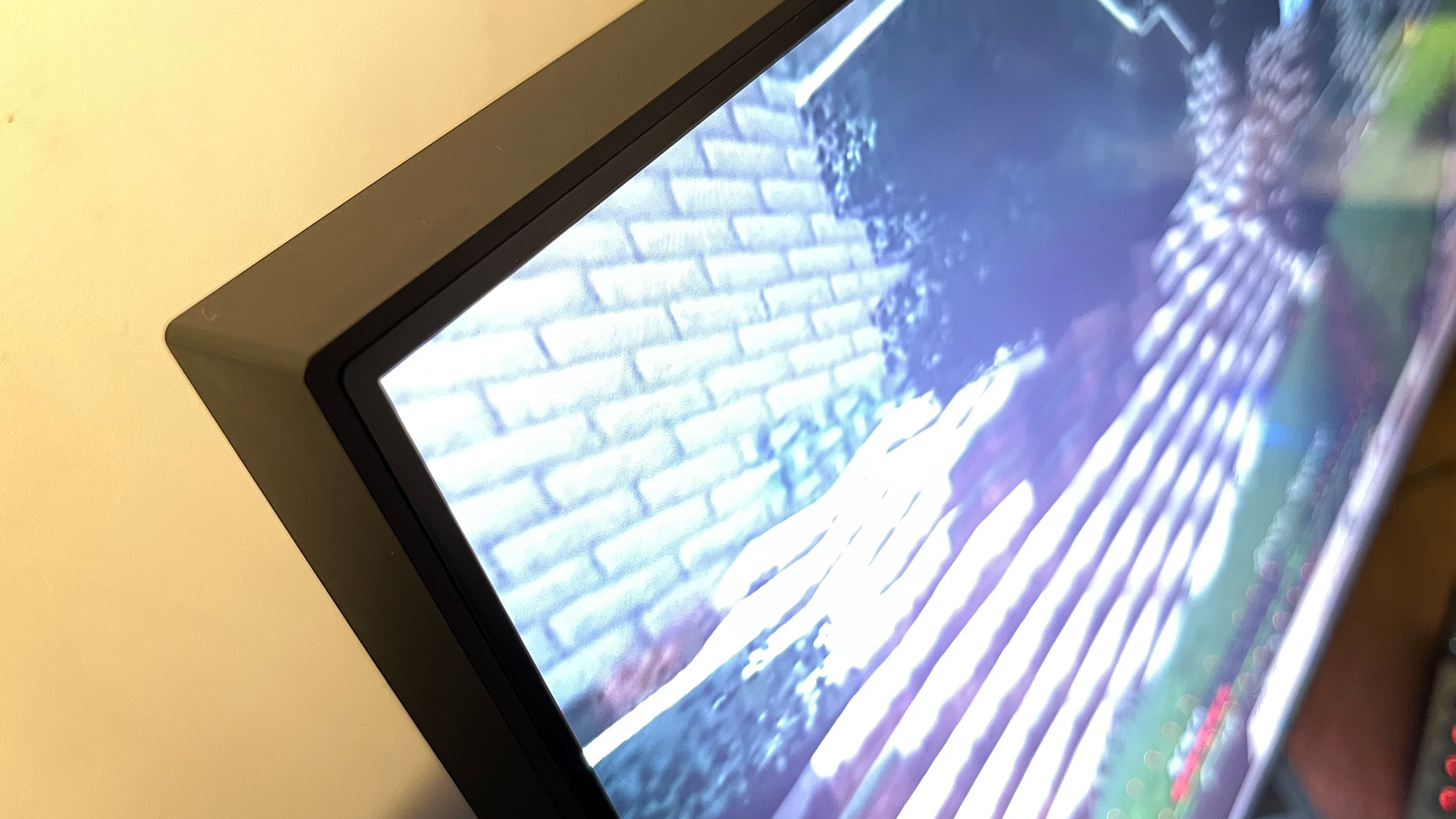
Panel size: 27-inch
Panel technology: IPS
Native resolution: 4K UHD
Aspect ratio: 16:9
Refresh rate: 144Hz
Response time: 1ms
Contrast: 1,000:1
Color: 99% sRGB, 95% DCI-P3
Brightness: 450 nits
Video Inputs: HDMI 2.1, HDMI 2.0, DP, USB Type-C, USB-A
Other: AMD FreeSync Premium
Price: $699
The Omen 27u was a surprise just sliding it out of the box. The monitor is on the heavy end of things at about 17lbs. It's probably not a big deal for something that will be stationary for most of its life, but I did have to crank my stand tighter to get a grip on this thing. It's got a lot packed inside of it: a couple USB 3.2 ports, a USB type-C port, an HDMI 2.1 port, an HDMI 2.0 port, and a DisplayPort 1.4 port. It has all of this because it's pitched as an all-in-one solution for gaming, whether you do it on PC, console, or both.
And it works. There aren't that many games that support 4K at 120Hz on the Xbox Series X and PlayStation 5, but having HDMI 2.1 in there is a boon if that gets better with time. Although it's still probably not most people's situation, being able to switch between your PC and console is nice.
Outside of that, the Omen 27u has a strip of RGB LEDs wrapped around the back of it and a rectangular RGB LED on the bottom—for some reason. You can change the colors and animations on the lights in the Omen software, but I can't bring myself to consider this an important feature versus the lights you'll be looking at on the front of the monitor.
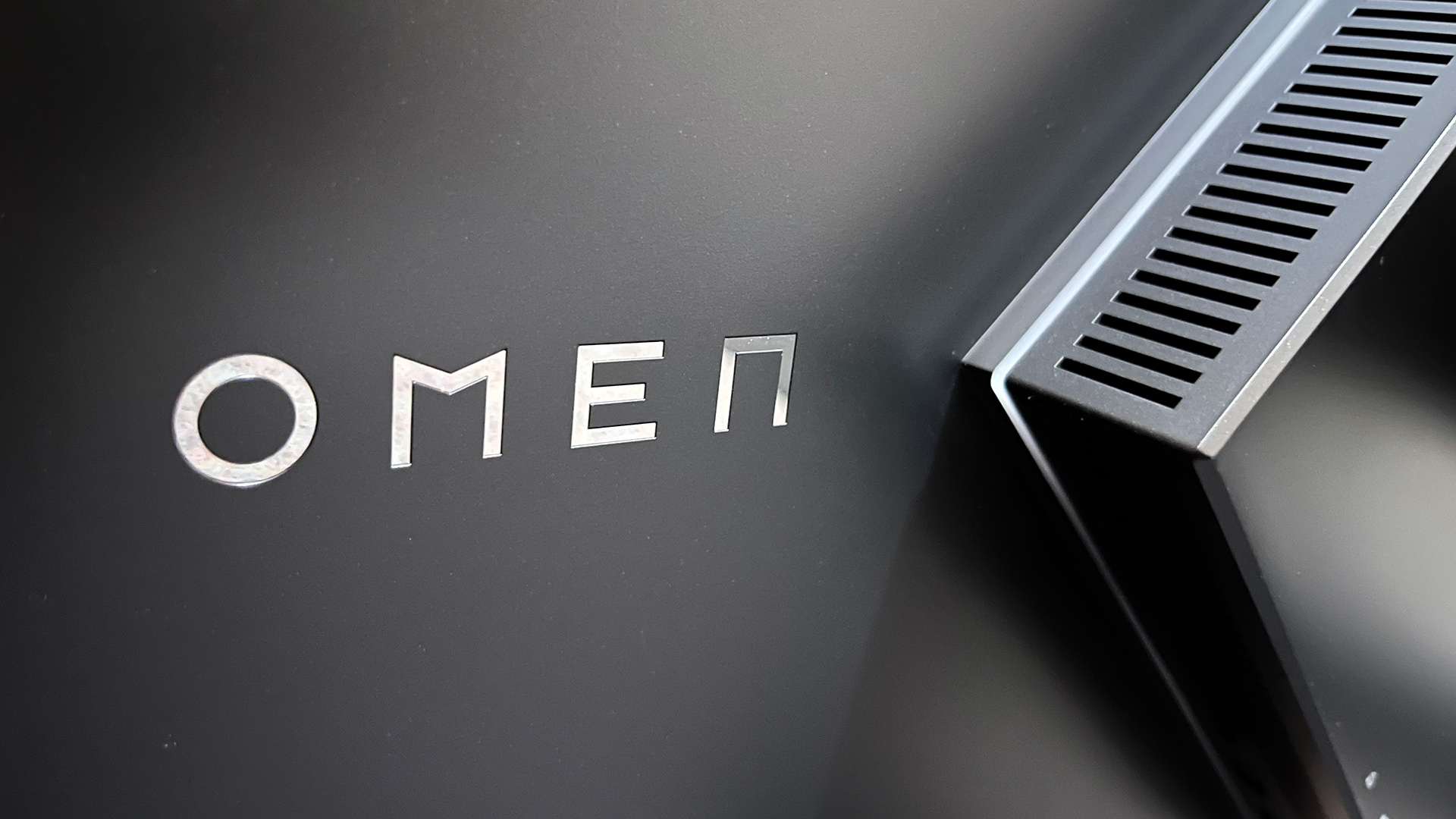
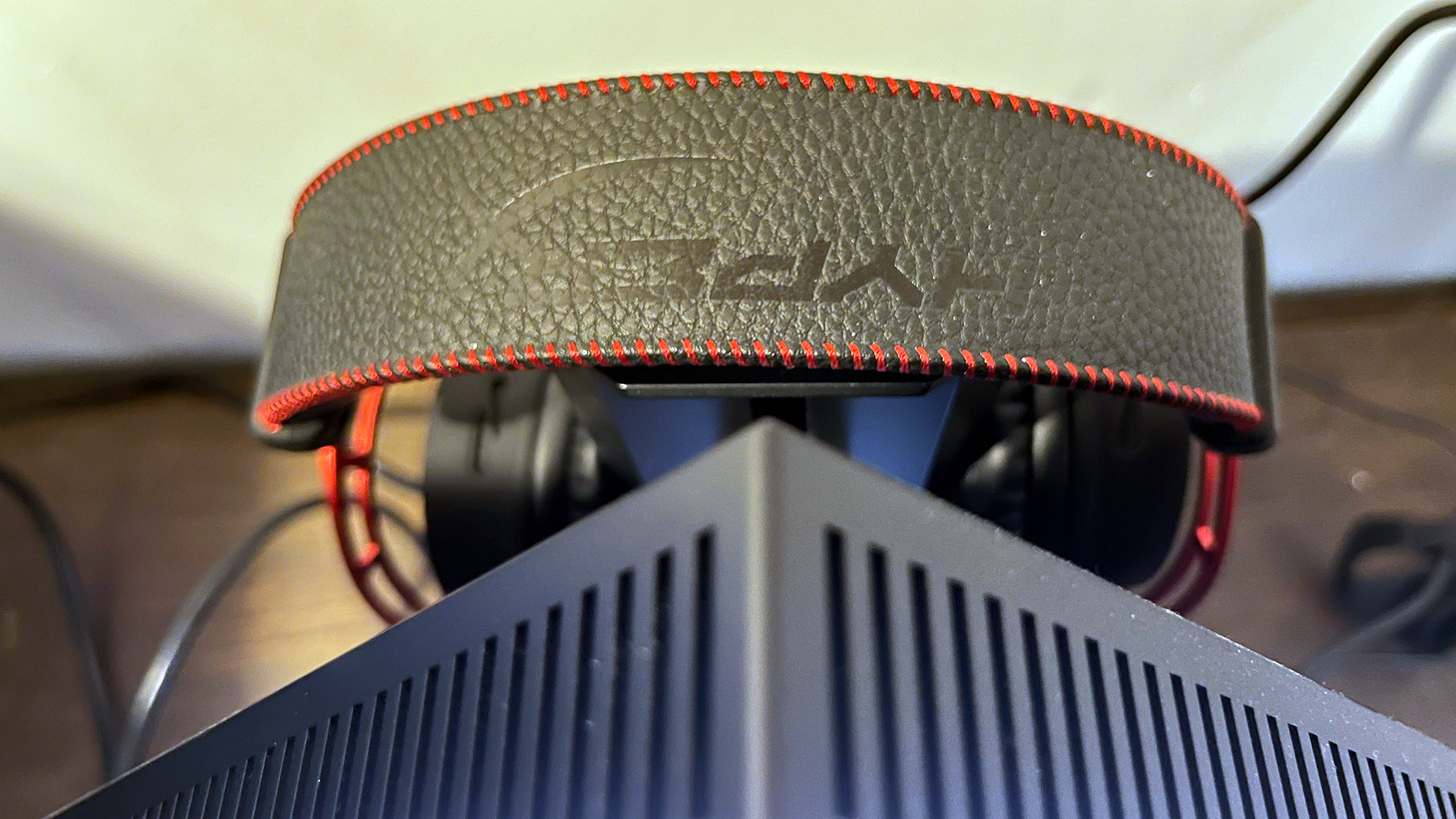
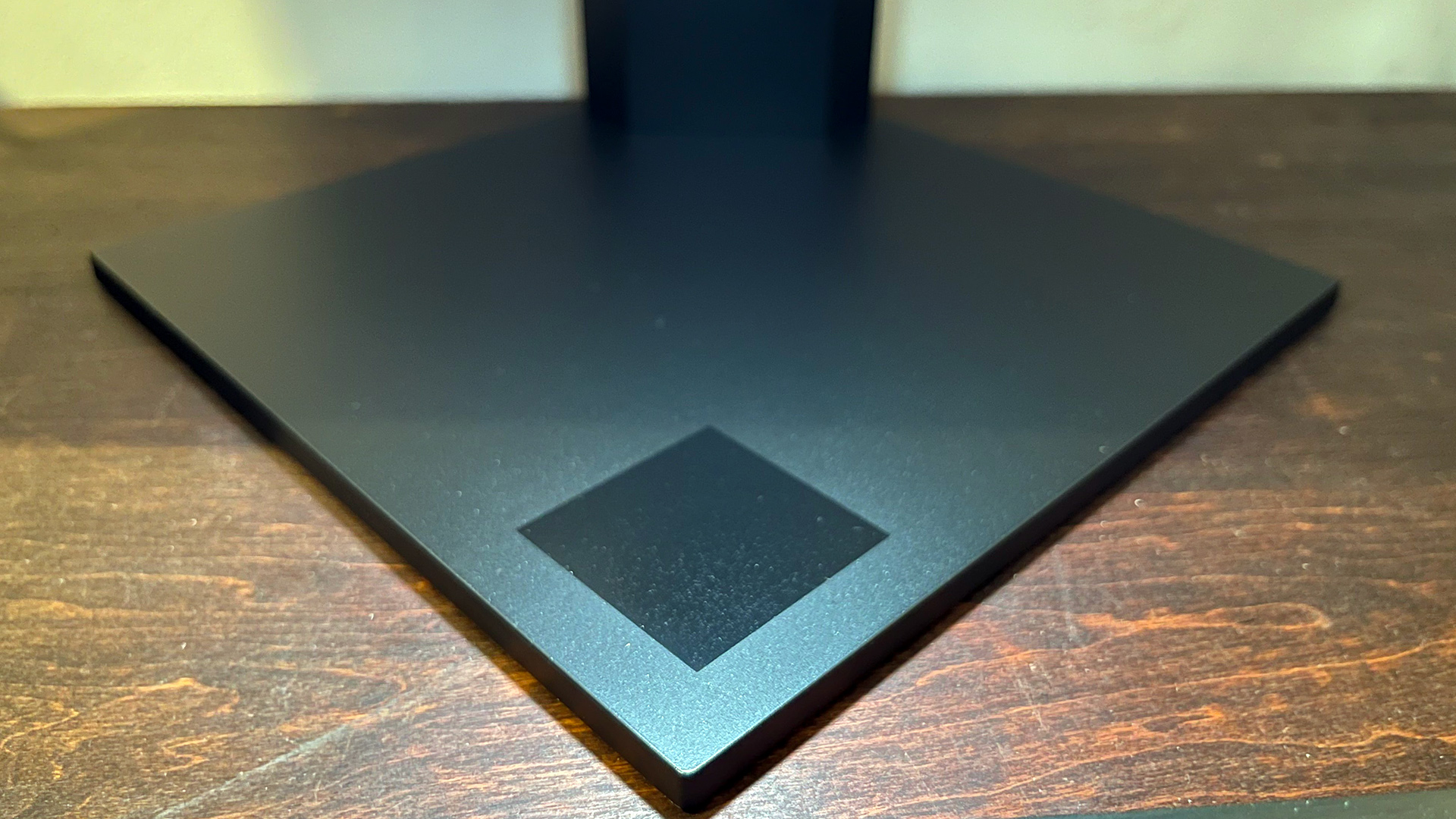

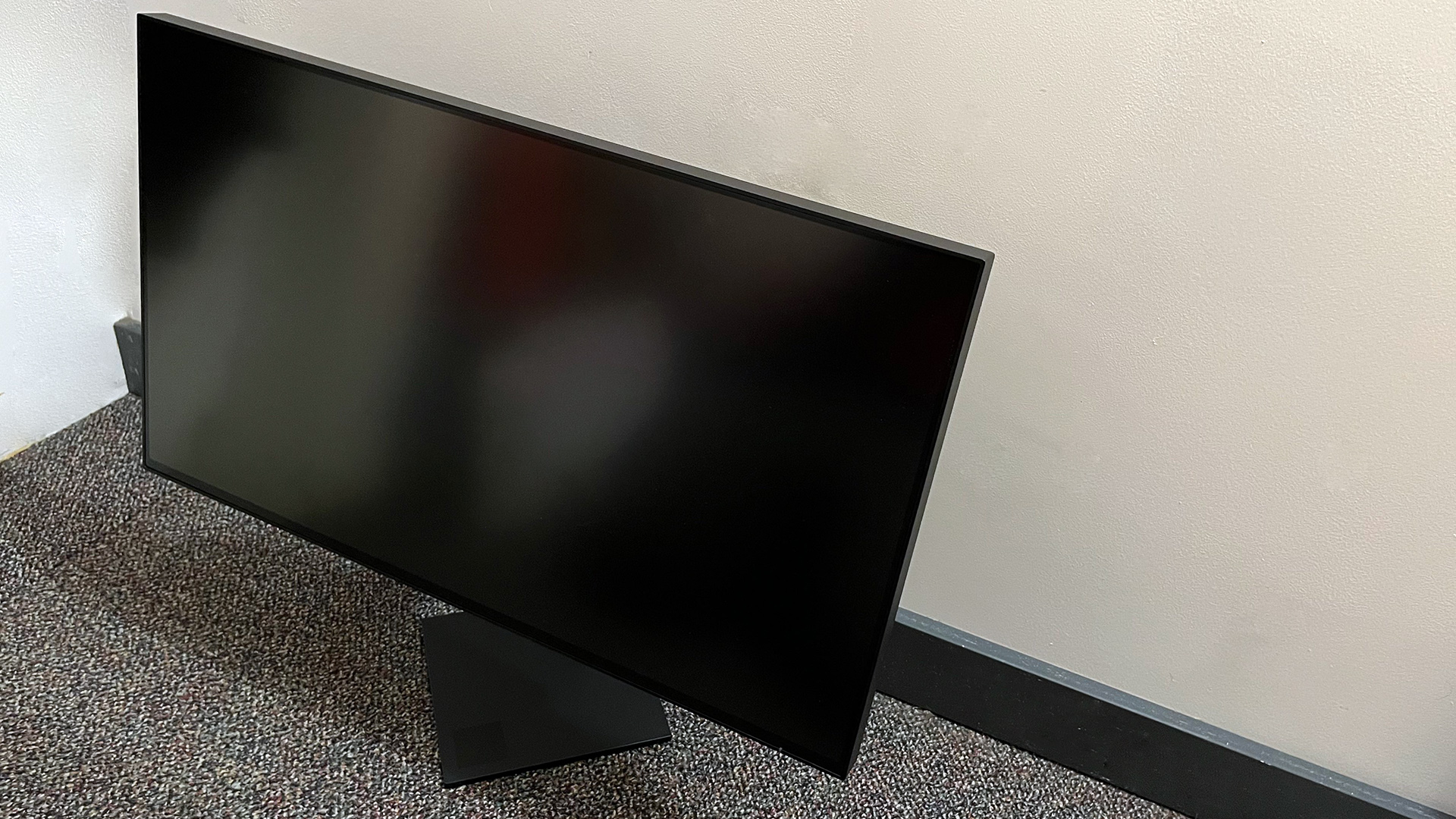
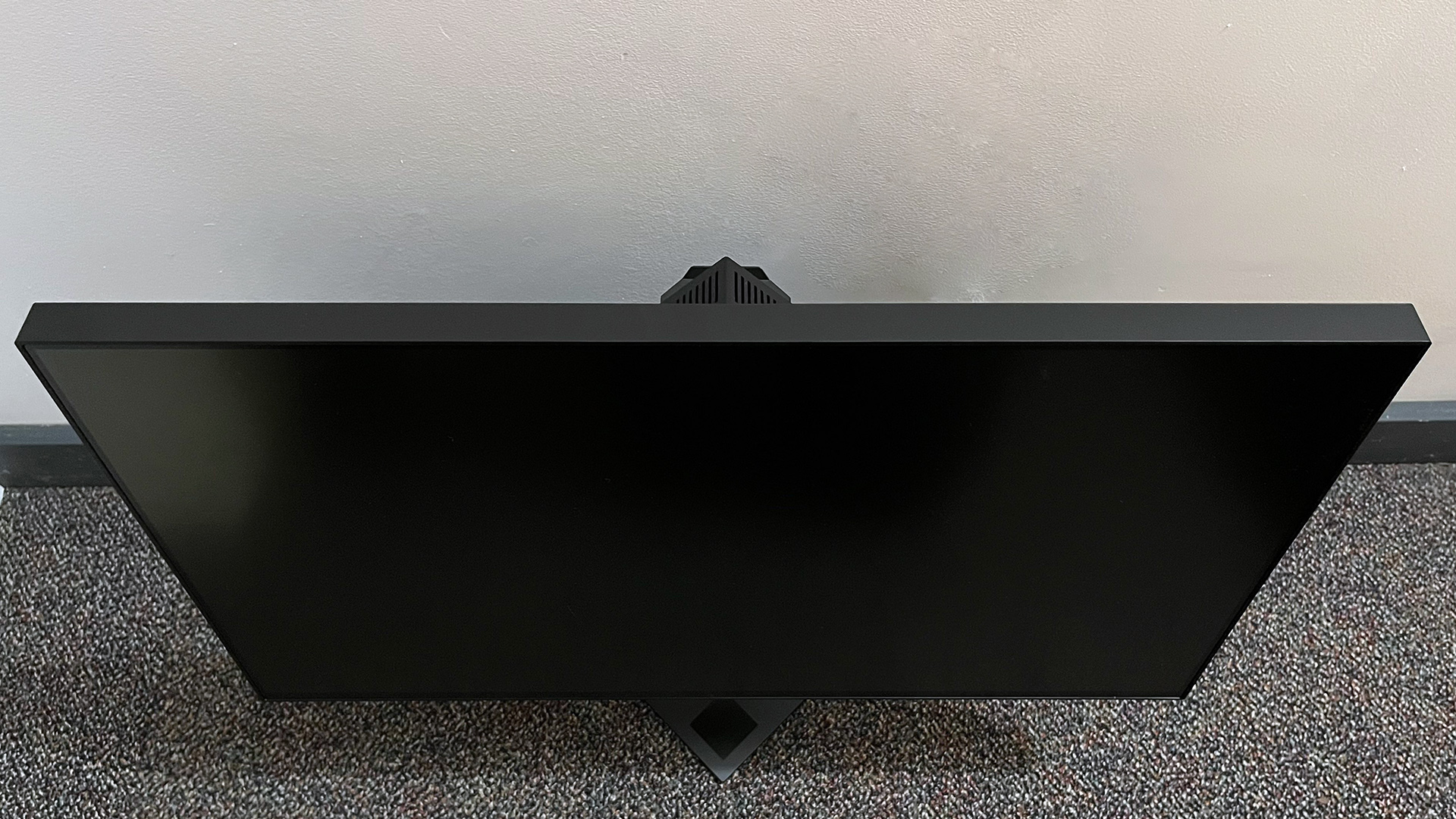
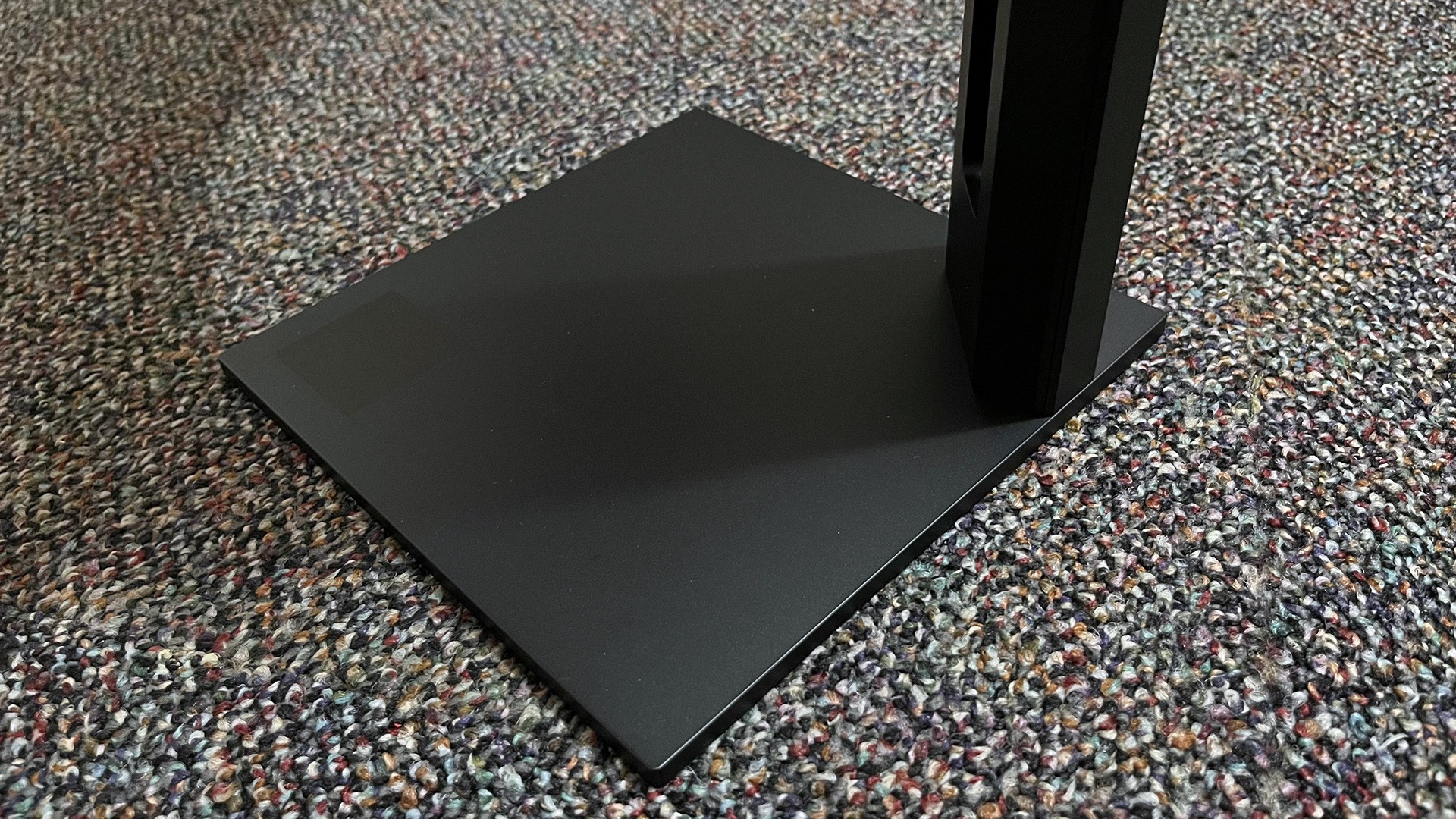

I've been using the Omen 27u as my main monitor for a few weeks and it's been impressive from the start.
The 144Hz 27-inch IPS panel on the Omen 27u claims to have a rapid 1ms GTG for fast-paced games and other media, but as is often the case with monitors like this, it's only available at its highest overdrive setting. When you crank it up that high you start to introduce ugly ghosting to the picture, so the response time isn't going to be as fast—but combined with its high refresh rate, it's not noticeable if you don't plan to play on it in an esports setting. It also has VESA DisplayHDR 400, a 1,000:1 contrast ratio, and a supposed 95% coverage of the DCI-P3 color space (with no sRGB mode, however).
I've been using the Omen 27u as my main monitor for a few weeks and, with some slight brightness adjusting, it's been impressive from the start. Everything from the vistas of Elden Ring to the text-focused interface of Citizen Sleeper have looked detailed and striking on it, with nothing incredibly washed out or off in color. And knee-deep into a tense Overwatch 2 game, it's buttery smooth as long as you flip on either G-Sync or FreeSync (it touts AMD FreeSync Premium Pro on the box).
HDR is a different story. HDR at 450 nits is barely even HDR, so look for something like the Alienware 34 QD-OLED for that. It's an IPS monitor, not an OLED. It's going to be difficult for this to replicate a truly good range of contrast across the panel, especially at that level of brightness. It's novel for a brief period if you've never experienced it before, but it doesn't quite cut it compared to the normal SDR mode.
At $699 the Omen 27u comes in direct competition with our second favorite gaming monitor, the LG 27GN950-B. The LG lacks good HDR just like this one, but it does have a nano IPS panel with a better color range. While I haven't used the LG myself, the two monitors seem neck and neck for the most part. What it comes down to is the accessibility of the Omen 27u with its HDMI 2.1 port, something you won't find on the LG.
If you have the graphics card to fuel this monitor with 4K games, or the budget ready for when they come down in price permanently, the Omen 27u is a great choice, especially if you have squished setup with a console too. This is the kind of monitor you get when you don't have the room for a big television, but want the benefits of 4K for every gaming platform you have. And if you're into syncing up your RGB lights on all your devices, you've got that too.
Tyler has covered videogames and PC hardware for 15 years. He regularly spends time playing and reporting on games like Diablo 4, Elden Ring, Overwatch 2, and Final Fantasy 14. While his specialty is in action RPGs and MMOs, he's driven to cover all sorts of games whether they're broken, beautiful, or bizarre.


